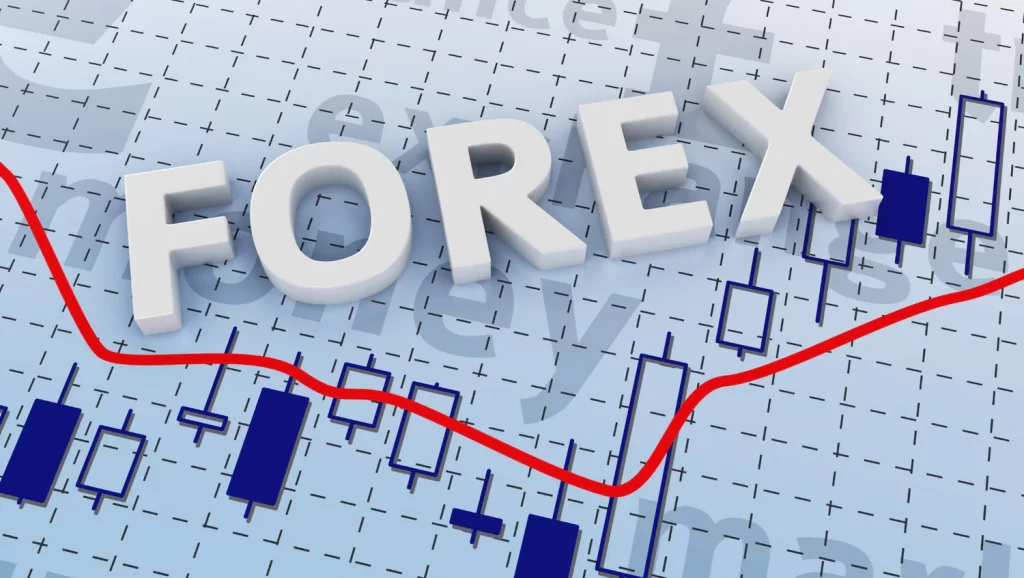How Does Forex Work?

An Easy Guide to Understanding the Forex Market
Forex, short for foreign exchange, is the world’s largest financial market. It’s where currencies are bought and sold against each other, allowing people, businesses, and governments to trade across borders. Understanding how forex works can be a bit tricky at first, but with some simple explanations, you can grasp the basics. Let’s dive into how the forex market operates and why it’s important.
The Basics of Forex Trading
Forex trading involves exchanging one currency for another. This is done in currency pairs, like EUR/USD (Euro/US Dollar) or USD/JPY (US Dollar/Japanese Yen). When you trade forex, you’re essentially betting on the value of one currency rising or falling against another.
Here’s a basic example:
- EUR/USD = 1.10: This means 1 Euro is equal to 1.10 US Dollars. If you think the Euro will strengthen against the Dollar, you might buy Euros. If it goes up to 1.15, you make a profit. If it drops to 1.05, you would lose money.
The Forex Market Structure
The forex market is decentralized, meaning there is no central exchange like the stock market. Instead, it operates as an over-the-counter (OTC) market. Trades are conducted electronically through a network of banks, brokers, and financial institutions.
The market is open 24 hours a day, five days a week, starting in Sydney, moving through Tokyo, London, and finally closing in New York. This continuous trading environment allows traders from around the world to participate at any time, making the market highly liquid and dynamic.
Major Players in the Forex Market
The forex market comprises various participants, each playing a different role:
- Banks and Financial Institutions: These are the biggest players, conducting large-scale currency transactions for themselves and their clients.
- Governments and Central Banks: They influence the forex market through monetary policies, interest rate decisions, and currency interventions.
- Corporations: Companies that operate internationally need forex to manage their operations. For example, a PNG company importing goods from Japan needs to exchange Kina for Yen.
- Individual Traders: Retail traders participate in the forex market to profit from currency fluctuations. With the rise of online trading platforms, more individuals are getting involved in forex trading.
How Forex Trading Works
Forex trading involves two key actions: buying and selling. Here’s how it works:
- Buying (Long Position): You buy a currency pair if you believe the base currency will rise in value against the quote currency. For example, buying GBP/USD means you expect the British Pound to strengthen against the US Dollar.
- Selling (Short Position): You sell a currency pair if you think the base currency will fall in value against the quote currency. Selling USD/JPY implies you anticipate the US Dollar will weaken against the Japanese Yen.
Understanding Currency Pairs
Currency pairs are divided into three main categories:
- Major Pairs: These include the most traded currencies, such as EUR/USD, USD/JPY, and GBP/USD. They usually have high liquidity and lower spreads.
- Minor Pairs: These are less traded and often involve currencies from smaller economies, like EUR/AUD or GBP/CHF.
- Exotic Pairs: These involve emerging market currencies, such as USD/TRY (US Dollar/Turkish Lira) or EUR/ZAR (Euro/South African Rand). They tend to have higher spreads and lower liquidity.
How to Trade Forex
Trading forex involves the following steps:
- Choose a Broker: Select a reliable broker that offers a user-friendly platform, competitive spreads, and good customer support.
- Open an Account: Set up a trading account with the broker. Many brokers offer demo accounts for practice before trading with real money.
- Analyze the Market: Use technical analysis, fundamental analysis, or a combination of both to identify potential trading opportunities.
- Technical Analysis: Analyzing price charts, trends, and indicators to forecast future market movements.
- Fundamental Analysis: Assessing economic data, news events, and geopolitical factors that impact currency values.
- Place a Trade: Decide on the currency pair you want to trade, choose your position (buy or sell), and enter the trade on your platform.
- Manage Your Risk: Use stop-loss orders and take-profit levels to manage your trades and minimize risks.
- Monitor and Close the Trade: Keep an eye on your trade and close it when your target is achieved or conditions change.
The Role of Leverage
Leverage is a significant feature in forex trading, allowing traders to control large positions with a small amount of capital. For example, with a leverage of 1:100, you can control $10,000 with just $100. While leverage can amplify profits, it also increases the risk of significant losses, so it must be used carefully.
Why Forex is Popular
Forex trading appeals to many because of its accessibility, potential for profit, and the excitement of participating in a global market. However, it’s important to remember that forex trading is risky, and losses can occur as quickly as profits.
Conclusion
Forex is a fascinating and dynamic market that plays a vital role in global trade and finance. Understanding how forex works is essential for anyone interested in participating in this vast financial arena. Whether you’re a beginner or an experienced trader, educating yourself about forex trading strategies, market trends, and risk management can help you navigate the forex market successfully.
For more insights and resources on forex trading, visit PNGEans.com, where you can connect with a community of traders and gain valuable knowledge tailored for Papua New Guineans.